67+ Sample Induction Checklists
-
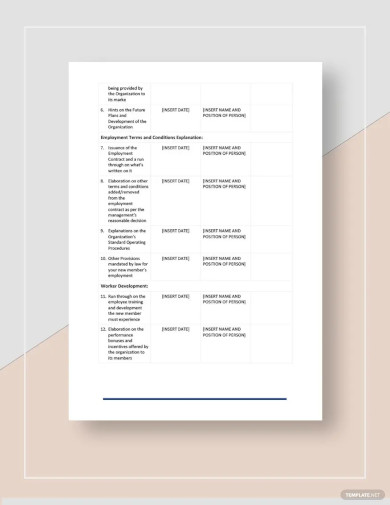
Induction Checklist Template
download now -
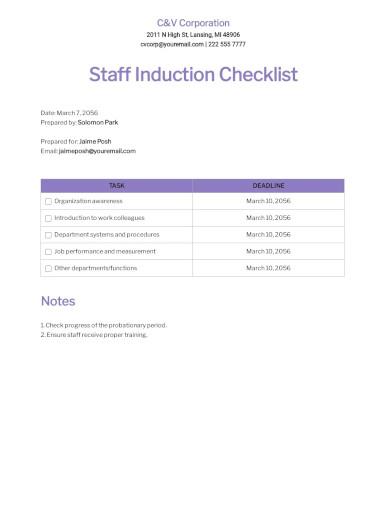
Staff Induction Checklist Template
download now -
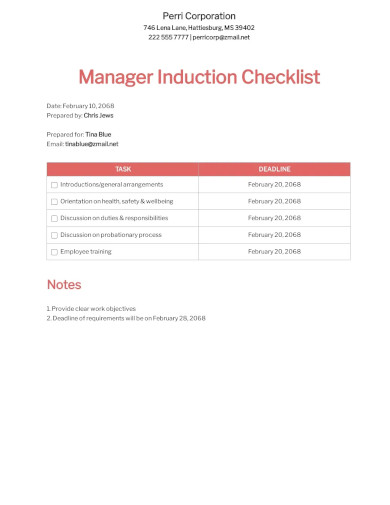
Manager Induction Checklist Template
download now -
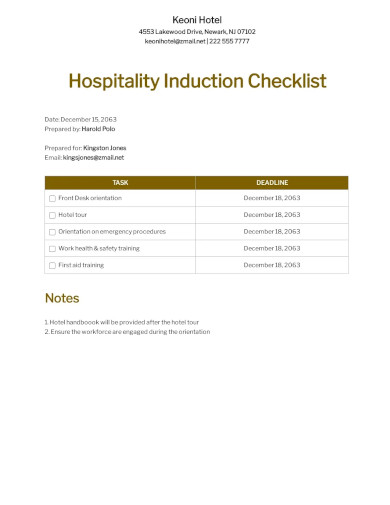
Hospitality Induction Checklist Template
download now -
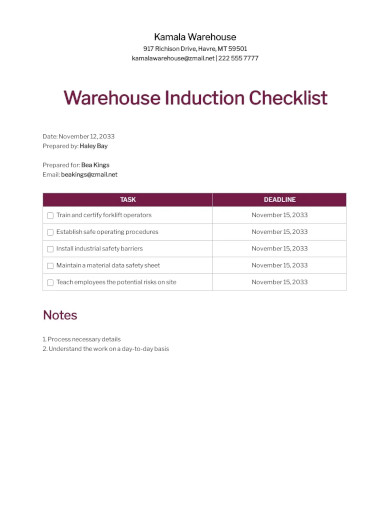
Warehouse Induction Checklist Template
download now -
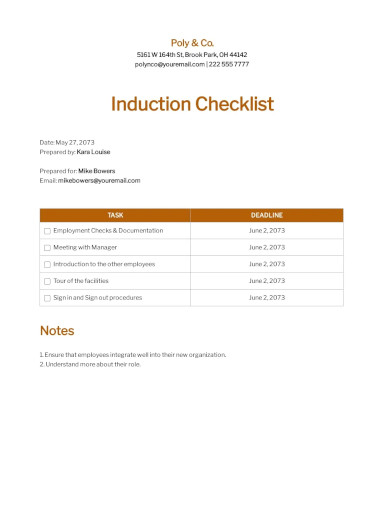
Free Induction Checklist Sample
download now -
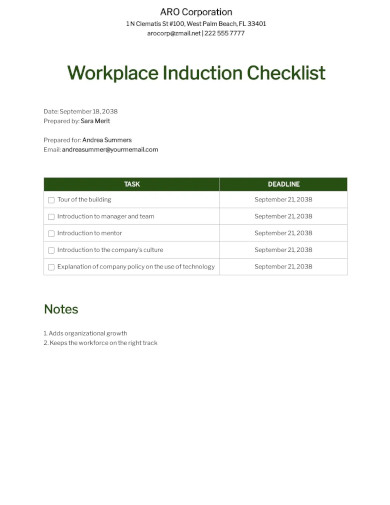
Workplace Induction Checklist Template
download now -
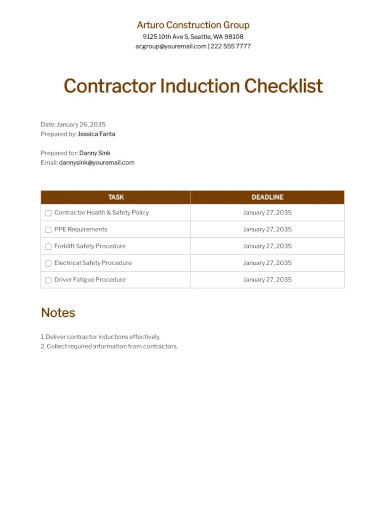
Contractor Induction Checklist Template
download now -

Site Induction Checklist Template
download now -
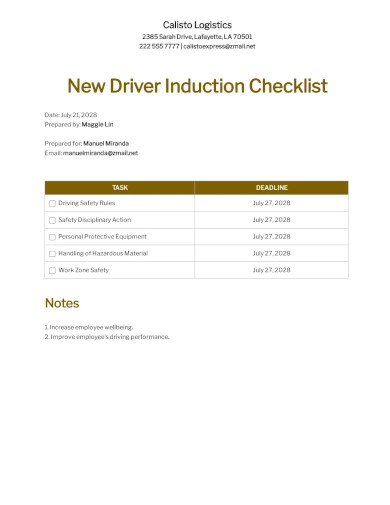
New Driver Induction Checklist Template
download now -
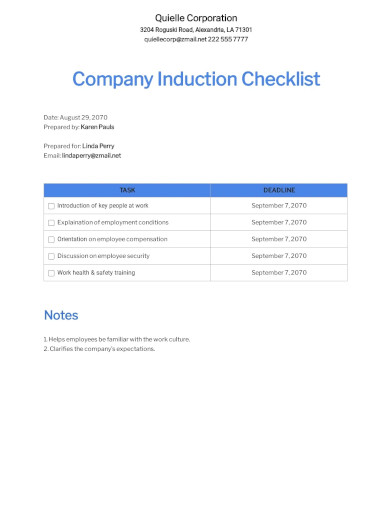
Free Company Induction Checklist Template
download now -
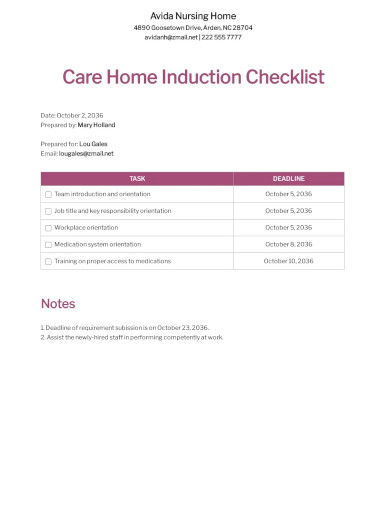
Care Home Induction Checklist Template
download now -
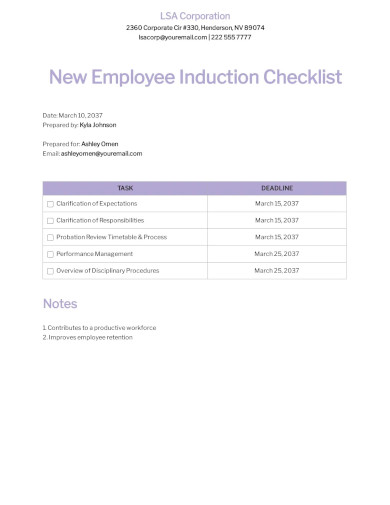
New Employee Induction Checklist Template
download now -
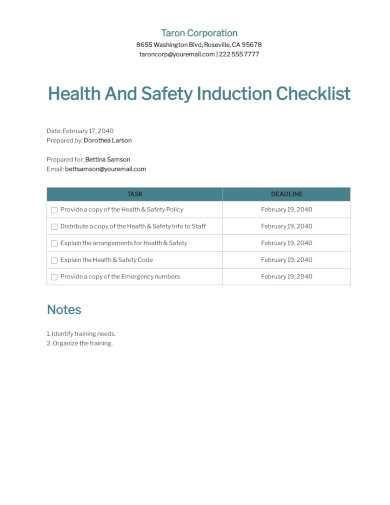
Health And Safety Induction Checklist Template
download now -
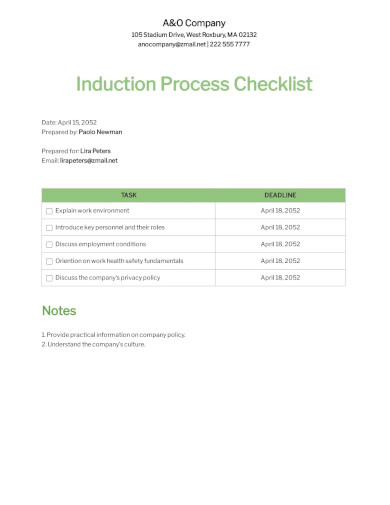
Induction Process Checklist Template
download now -

Induction Training Checklist Template
download now -
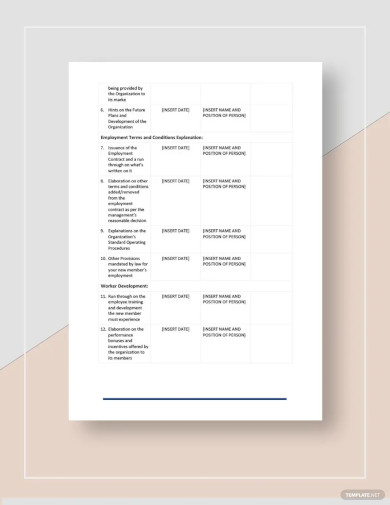
Induction Checklist Template
download now -
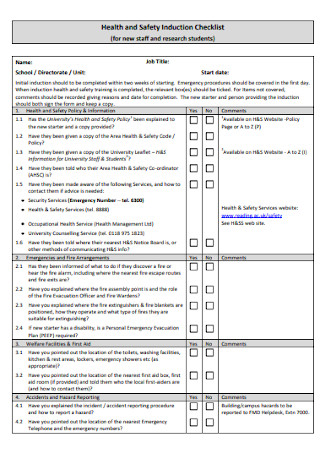
Health and Safety Induction Checklist
download now -
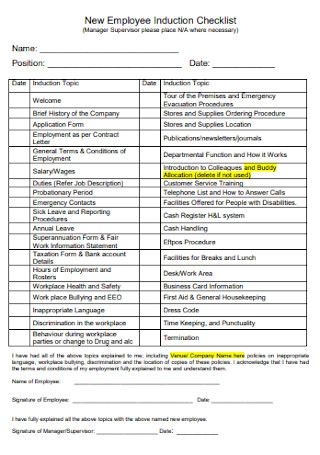
New Employee Induction Checklist
download now -
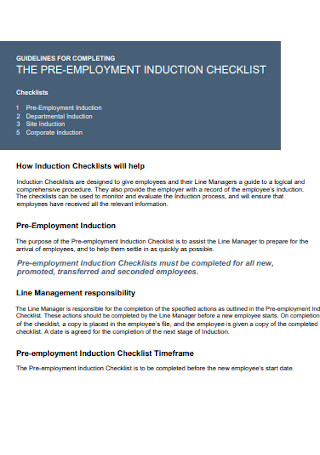
New Staff Induction Checklist
download now -
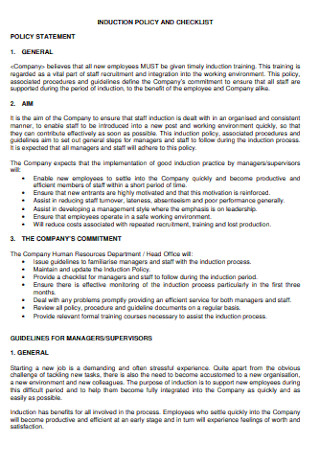
Induction Policy Kitchen Checklist
download now -
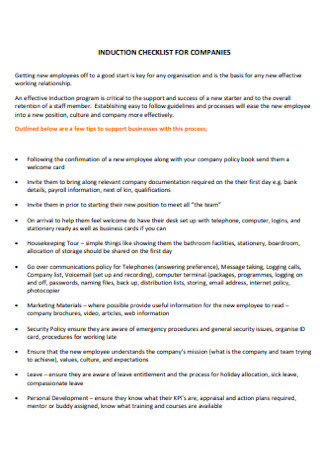
Restaurant Induction Checklist
download now -
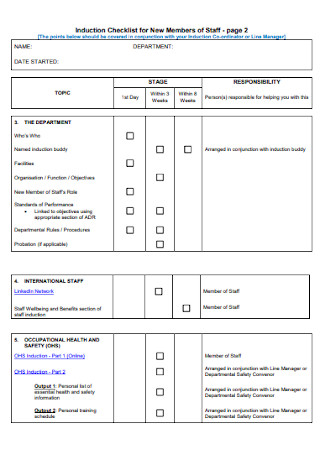
Gym Induction Checklist
download now -

Childcare Induction Checklist
download now -
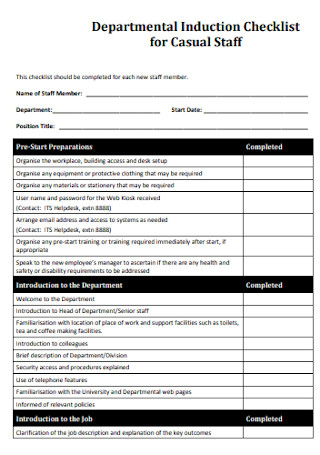
Workplace Induction Checklist
download now -
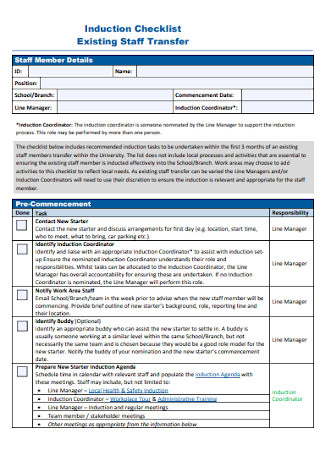
Workshop Induction Checklist
download now -

Staff Induction Checklist
download now -
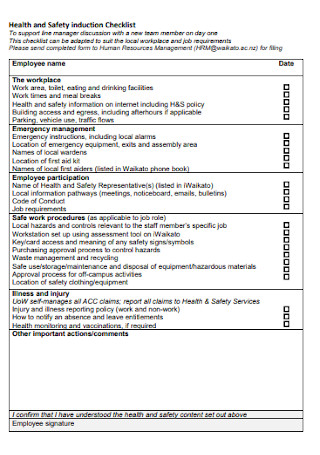
Nurse Induction Checklist
download now -
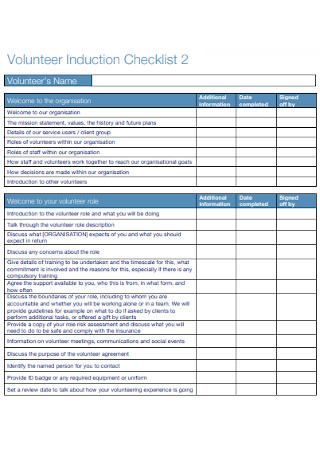
Volunteer Induction Checklist
download now -
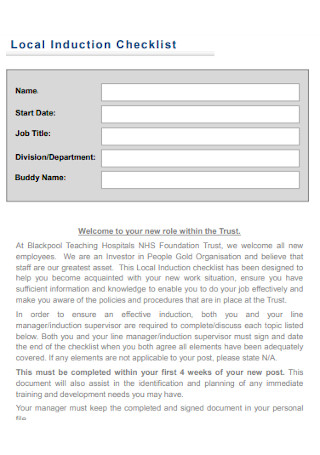
Local Induction Checklist
download now -
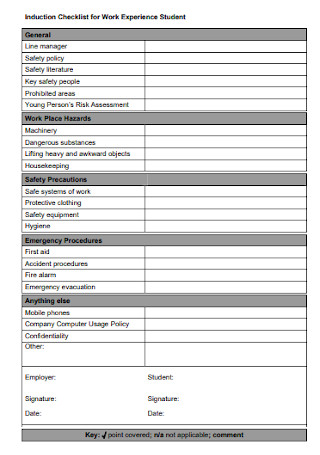
Induction Checklist
download now -
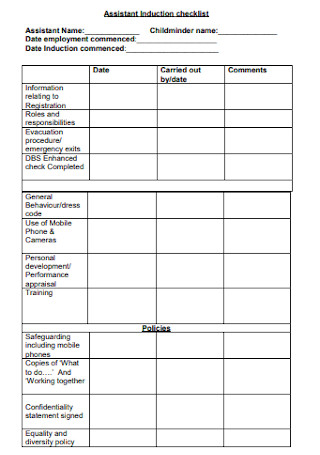
Assistant Induction checklist
download now -
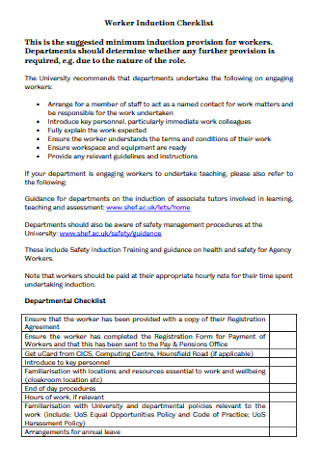
Worker Induction Checklist
download now -
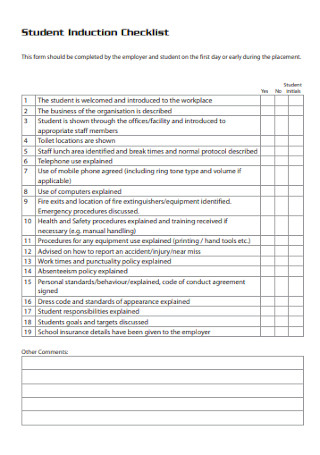
Student Induction Checklist
download now -
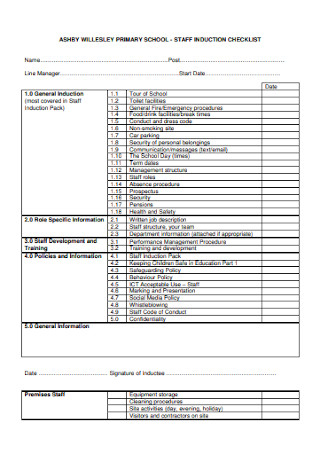
School Staff Induction Checklist
download now -

Volunteer Induction Checklist Example
download now -
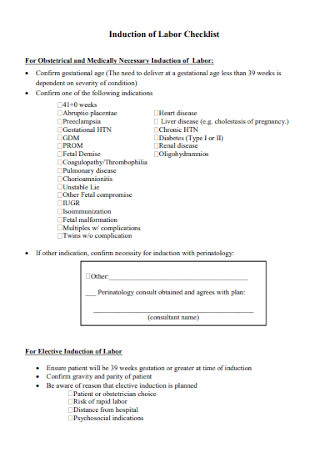
Induction of Labor Checklist
download now -
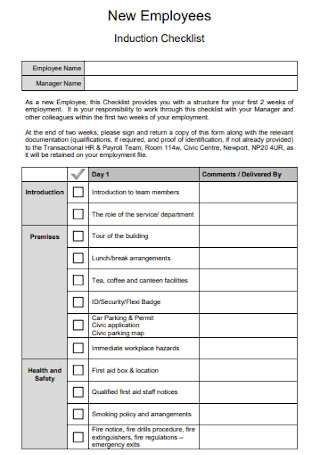
New Employees Induction Checklist
download now -
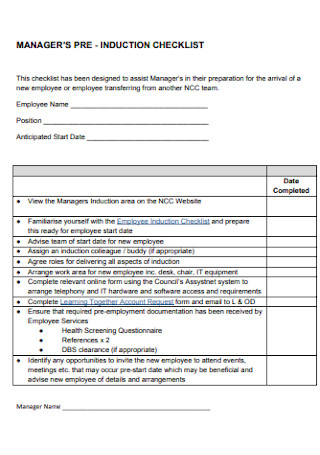
Managers Induction Checklist
download now -
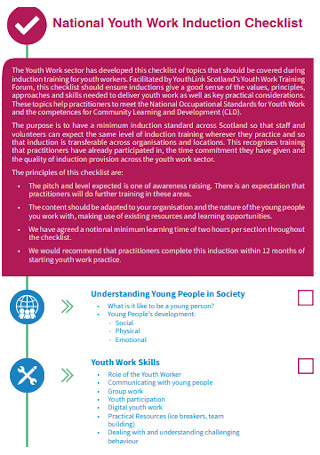
Youth Work Induction Checklist
download now -
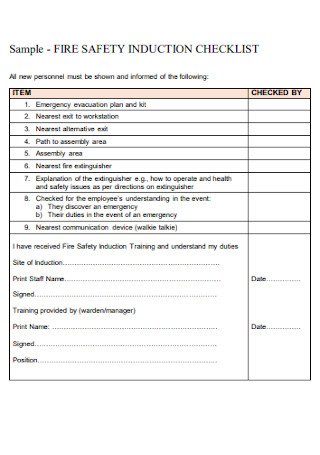
Fire Safety Induction Checklist
download now -
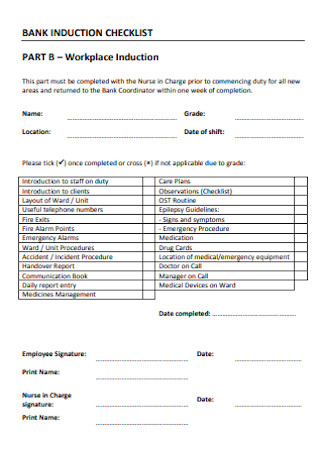
Bank Induction Checklist
download now -

Hospitality Induction Checklist
download now -
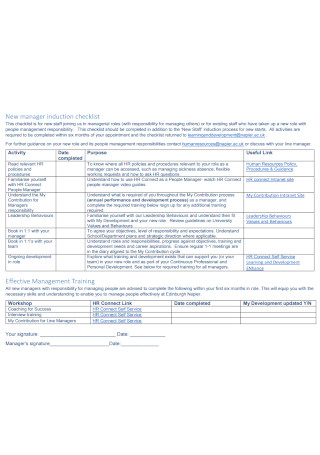
New Manager Induction Checklist
download now -
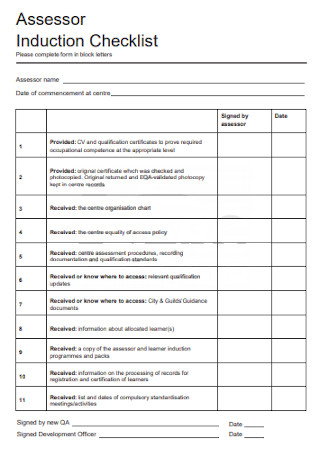
Assessor Induction Checklist
download now -
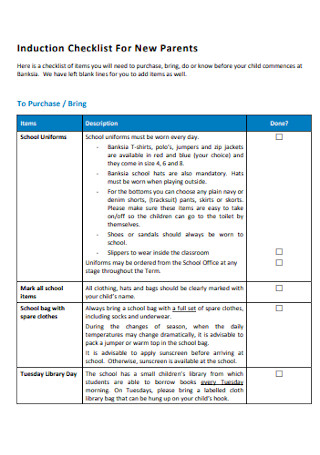
Induction Checklist for New Parents
download now -
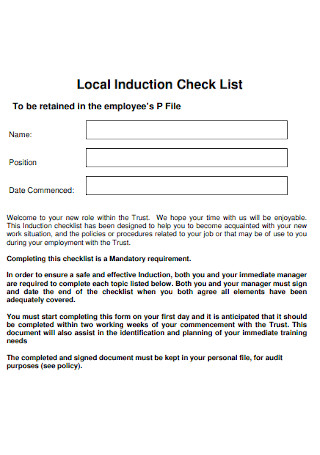
Local Induction Check List
download now -
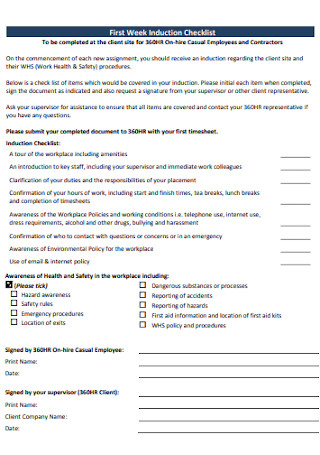
Office Induction Checklist
download now -
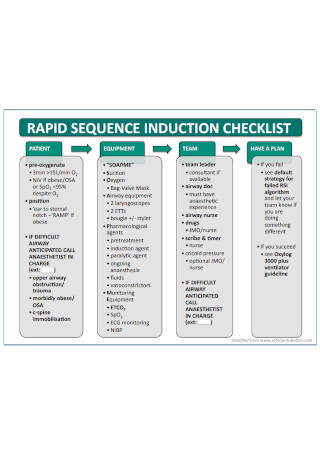
Induction Checklist Form
download now -
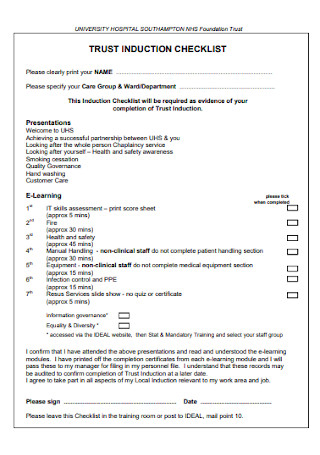
Trust Induction Department Checklist
download now -
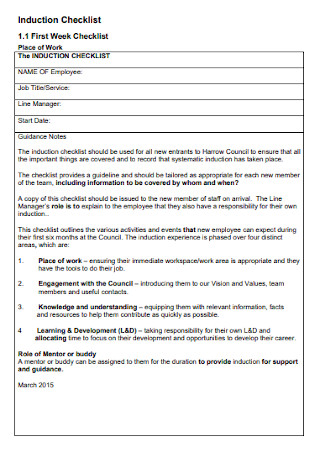
Basic Retail Induction Checklist
download now -
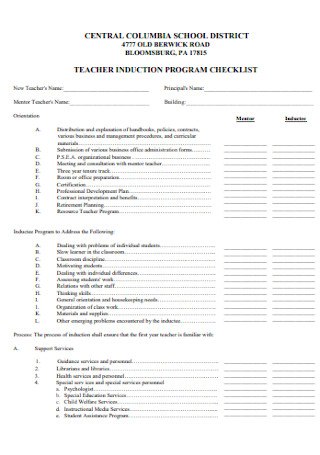
Teacher Induction Program Checklist
download now -

Induction Checklist for Schools
download now -
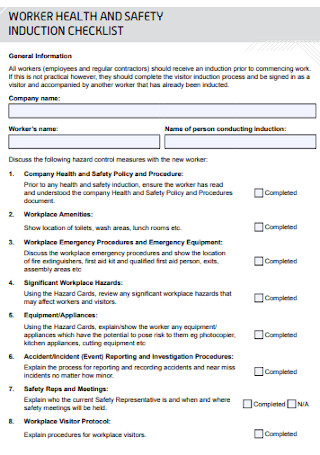
Worker Safety Induction Checklist
download now -
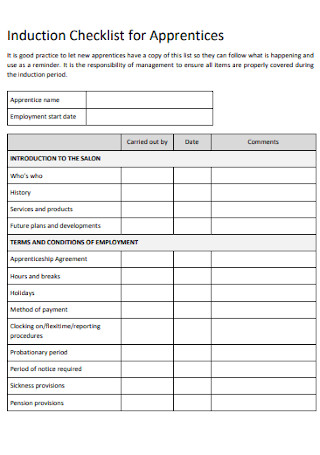
Induction Checklist for Apprentices
download now -
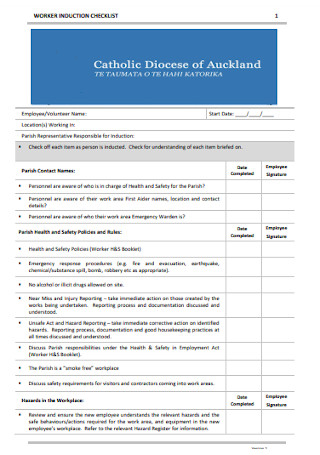
Worker Induction Checklist
download now -
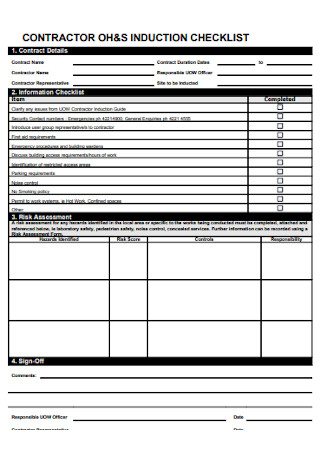
Contractor and Induction Checklist
download now -
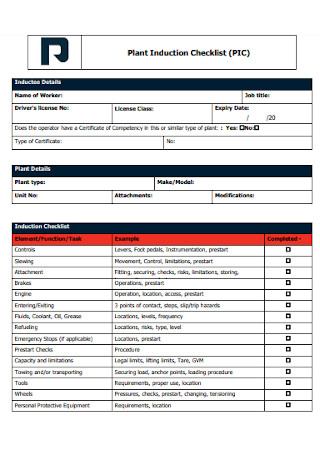
Plant Induction Checklist
download now -
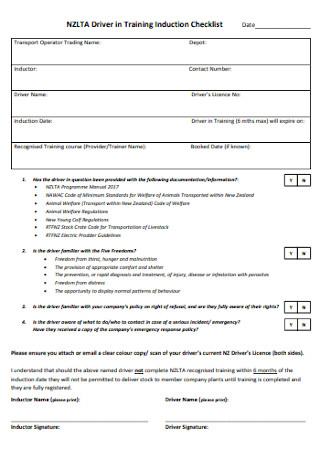
Driver in Training Induction Checklist
download now -
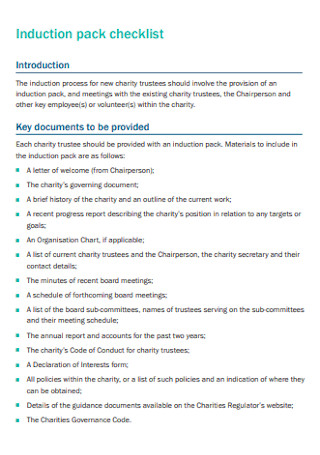
Induction Pack Checklist
download now -

Rainbow Induction Checklist
download now -
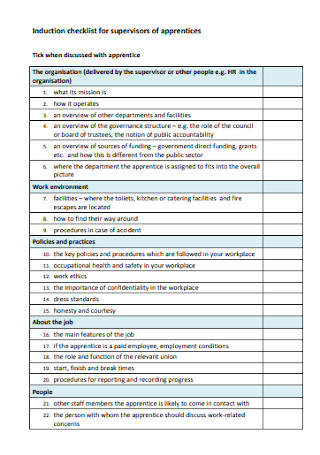
Induction checklist for supervisors
download now -
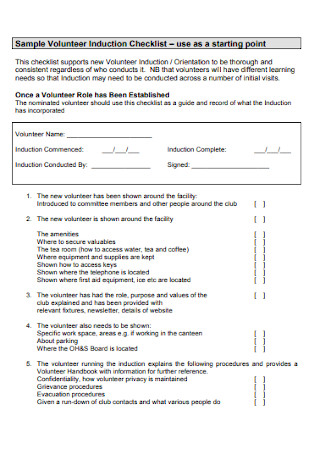
Sample Volunteer Induction Checklist
download now -
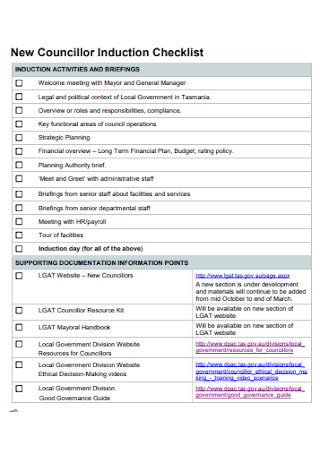
New Councillor Induction Checklist
download now -
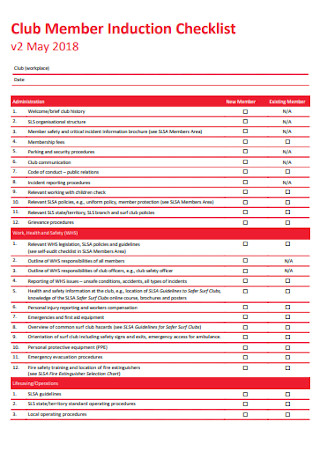
Club Member Induction Checklist
download now -
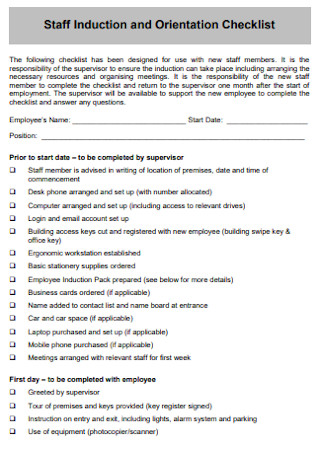
Staff Induction and Orientation Checklist
download now -
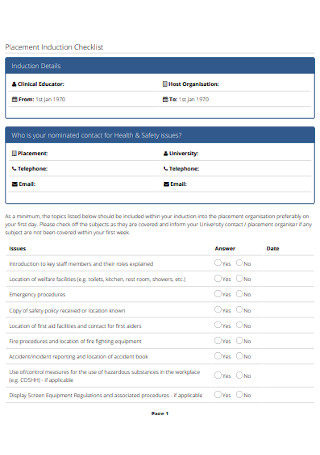
Placement Induction Checklist
download now -
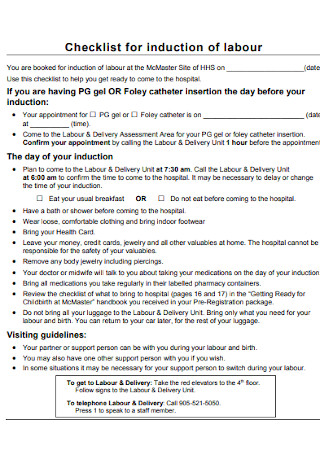
Checklist for Induction of Labour
download now
FREE Induction Checklist s to Download
67+ Sample Induction Checklists
Induction Checklists: What Are They?
Why Is an Induction Checklist Important?
Basic Parts of an Induction Checklist
Main Types of Induction Checklists
How to Create a Stellar Induction Checklist
FAQs
What should you introduce to an employee in an induction?
Who are the possible recipients of an induction?
What are some ways to improve the process of induction?
Induction Checklists: What Are They?
Induction refers to giving new roles and responsibilities to a new employee. And induction may refer to different purposes such as onboarding training, staff orientation, workplace safety checklist, and more. Since there can be a lot of details to do, check, or monitor in an induction process, it only makes sense to use checklists specifically made for induction programs; hence, induction checklists exist. With a dependable to-do list such as an induction checklist, rest assured, induction programs would run smoothly.
According to KSL Training, research surveys have proven that giving new employees a proper introduction or induction to the business leads to long-term employee retention.
Why Is an Induction Checklist Important?
You already know what an induction checklist is. But the main question is why is it important? Here are a few significant examples that prove just how valuable induction checklists are:
Effective Orientation
First of all, induction itself is beneficial when you want to keep your employees stay in the company for long. Based on a KSL Training report, staff induction for new employees leads to long-term employee retention. That is because the overall program of induction is written in an easy-to-follow guide known as an induction checklist. And it displays the tasks and activities expected to happen in orienting new staff members. So if you need help seeing the big picture of how induction programs play, refer to the induction checklist.
Systematized Induction Process
One of the best features of an induction checklist is it shows you the systematized process of the whole induction program. You will see the specific step-by-step processes of what is supposed to happen first until the last part of an induction session. At the same time, how induction plays out in business is already set because a checklist contains a list of instructions ala a to-do list. Simply follow the enlisted steps to complete the induction program.
Easy-to-Follow Structure
Induction checklists are more reliable than a lengthy report of instructions on how to do the induction process due to the checklist’s easy-to-follow structure. In a checklist, long and complete sentences are unnecessary because instructions can simply be enumerated in bullets or concise words. That way, it will be easier to get the message right away rather than depending on complicated documents.
Documentation Purposes
Also a very important feature of an induction checklist is documentation. You can record and track which induction tasks and activities were achieved or not achieved yet. After the induction, you will refer to the checklist for your induction evaluation report if everything went according to plan or not. Also, documentation helps in checking if the induction itself went effectively or the other way around. Thus, you won’t forget whatever happened in the induction because the checklist’s details are useful for reference.
Basic Parts of an Induction Checklist
What makes up a standard induction checklist? There is no one right path to create induction checklists because they would differ according to the induction’s purpose and the decisions made by the company behind making the induction possible. However, there are common elements often found in basic induction checklists. And they consist of the following:
Main Types of Induction Checklists
Many types of induction checklists exist as they are categorized according to purposes such as manager induction, driver induction, employment induction, construction induction, student induction, workshop induction, and event induction. But generally, there are three main types of induction checklists. And these are:
General Induction Checklist
Whenever an employment letter or offer is accepted and extended, a proper orientation towards the job and the company is essential in the form of a general induction. The general induction checklist type is basically a welcoming process. Be sure to make the candidate feel at home, adjust to the new surroundings, be reminded of the updated policies, and purposes of the business. And it is through an orientation that you can help employees lessen their anxieties especially when they are still new and adjusting to the new job.
Specific Orientation Checklist
A specific orientation program checklist is when a special set of skills and details are needed to be introduced. If the general type focuses on the generic orientation of policies, team members, and the like, specific induction is more on operation knowledge already. That means the program delves more into the job training and what the employee should know about the specific job. Concerns include job responsibilities, work status, tasks, and more. Rest assured, this form of induction can help adjust the employee to the work environment.
Follow-Up Induction Checklist
The follow-up induction checklist is also known as the post-induction checklist. It is helpful in checking how effective was the induction given and if every specified task in the induction checklist was met in the end. You can consider this example for like a tracking sheet to check on the employee in terms of how she/he/they was doing a month after appointment, for example.
How to Create a Stellar Induction Checklist
An induction checklist is not difficult to make. But that does not mean you just take your checklist for granted because a flawed checklist could affect your induction operations badly. So without further ado, here are the steps on how to make the best induction checklist possible:
-
Step 1: Review the Main Induction Plan
Of course, you should start referring to the main business plan of the induction. That way, you would know what is expected to happen in the induction and you will be able to specify what needs to be enlisted in the induction checklist later on. Remember that the induction plan’s goals and objectives should be met so you better use those as your basis on what to write in the checklist. Because if the induction checklist’s details do not meet the original induction plan, following it will still be pointless.
-
Step 2: Use a Sample Induction Checklist Template
The best advice is to download and edit a sample induction checklist template of your choice. Check out the many samples given above in this article and you may opt for any free induction checklist template such as a site induction checklist template, workplace health and safety induction template, and lots more. Then, customize the sample so its details would consist of what concerns your company or induction program already.
-
Step 3: Insert the Basic Induction Checklist Parts
Remember the title, induction officer, recipient of induction, down to the notes section? Those parts of a standard induction checklist are worth adding to your document. Such components are basically what makes a complete induction checklist anyway. But, you can make a few alterations such as adding more relevant parts to the induction checklist. Others may want to include a section for the induction budget plan, alternative induction program, etc. So do not simply base on the standard examples because there is room to include more parts into your checklist.
-
Step 4: Organize Your Details
Finally, organize everything you wrote in the induction checklist. That means the details should be easy-to-read and understandable. The key is to read everything in the document from top to bottom, review certain parts, and make a formal assessment if things are okay or still need improvement. Maybe there are unnecessary parts that can be omitted, long sentences that can be shortened, and certain data that could use graphic organizers. Nonetheless, the results should be stellar until it becomes a reliable induction checklist to use.
FAQs
What should you introduce to an employee in an induction?
In an induction, it is crucial that you orient new employees about the following: company mission and vision statement, company culture, staff hierarchy, company expectations from the staff, business policies, operating procedures, company setup, and the overall company system.
Who are the possible recipients of an induction?
Induction recipients could be new full-time employees, part-time employees, contractors, employees who recently got a new position, temporary staff, holding positions, and internal promotions.
What are some ways to improve the process of induction?
You can apply the following tips to improve your next induction program:
- Divide the induction program into core phases.
- Determine the key induction process content.
- Figure out the right format to support your information.
- Prepare an induction package.
- Try online induction processes.
- Highlight the achievements during the induction.
- Conduct an induction performance report.
Your company can certainly make use of induction checklists for the next induction programs to organize. Such business documents not only make the induction easier to execute but also more organized for the induction given to recipients to run effectively. So what are you waiting for? Download and optimize a sample induction checklist template of your choice from over 50+ editable samples to choose from!
